When I was about nine years old I set up a classroom on my front porch where I enticed my younger sister and our neighbor friend to complete homework assignments from a hand-me-down math textbook and listen to me read stories aloud to them. I knew then that I wanted to be a teacher. I imagined a classroom something like the ones in which I had been educated: desks in rows facing the front of the room, teacher as the wise purveyor of knowledge. I suppose this was what I imagined because this was all I had ever seen.
| Click on an image to enlarge it: | |
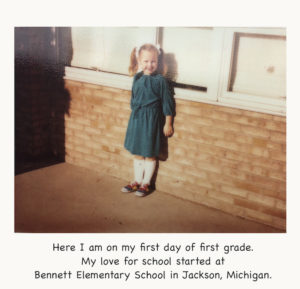 |
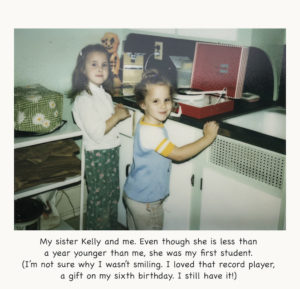 |
I took a long detour on my road to becoming a teacher, getting a degree in accounting information systems and working in business for nearly a decade. That career was never satisfying to me, though, and I continued to long for a career in education. Finally, driven by a passion for working with students, I returned to education.
I was delighted by the changes I found in the field of education. I visited my own children’s classrooms where students faced each other instead of the front of the room, had conversations with each other about the subject at hand, and learned content and skills while making projects and solving problems. During these visits, a shift happened in me. I realized I was still motivated by a passion for working with students. But another passion was ignited in me by seeing students working, conversing, and learning together.
21st-Century Skills
Through this newfound understanding, and as an arts and technology educator, I became passionate about utilizing an integrated, non-siloed approach to education where barriers are removed between science, technology, engineering, arts, math and the humanities (STEAM). I like to employ an approach to STEAM that allows students to learn 21st-century skills of collaboration, communication, creativity, and critical thinking by posing open-ended problems for students to solve.
| To see galleries of student work showcasing the kinds of open-ended problems I pose, click on a button below: | |||
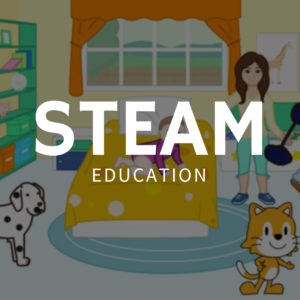 |
 |
||
In an economy where tech companies are unable to find graduates with the 21-century skills they need (Jolly, 2016), helping students become creative, critical thinkers and 21st-century learners is vital. STEAM has the power to help us educate the innovators and creative thinkers we need to help transform our economy. Creativity is closely related to divergent thinking, the kind of right-brained thinking that leads to fresh ideas and new perspectives (Connor, Karmokar, & Whittington, 2015). When coupled with convergent thinking, the partnership produces the kind of innovation we are seeking (Maeda, 2012).
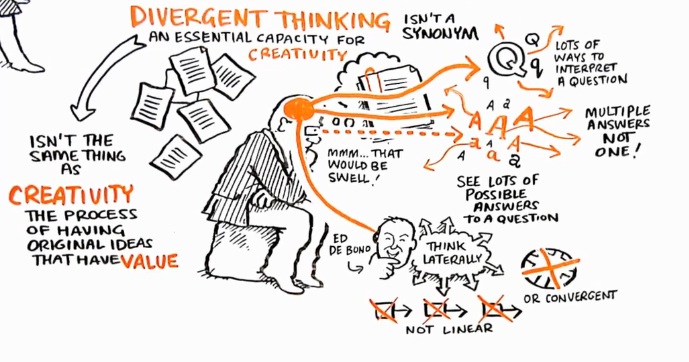
“Divergent Thinking” by cea+ is licensed under CC BY-NC 2.0
As students create art or solve open-ended problems using engineering and technology, engage in critiques, participate in metacognition while talking about their own work, and discover history, science, and other content through STEAM, they develop the creative thinking and critical thinking skills they need. Working with other educators in the school to integrate curriculum can further enhance students’ learning as they make connections among the disciplines.
An Environment For Growth
The best projects in the world are meaningless if the environment isn’t conducive to students being able to successfully work on them. That said, I feel that creating an environment of mutual respect and consideration is critical. Of course, there are times when I have to take the floor as the teacher but my students know they have a voice when they’re with me, and I am pleased to hear them use it.
As students work collaboratively to engineer solutions to problems, a buzz of chatter permeates the atmosphere. I love this sound. It’s the sound of excitement, engagement, motivation, and cooperation. It’s the sound of students learning content and learning that they are capable of solving difficult problems.
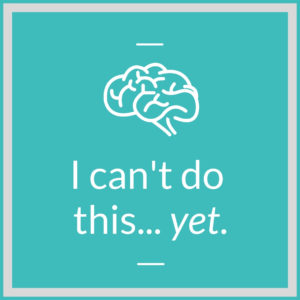
At times, students struggle. Sometimes the first attempt to solve a problem is unsuccessful. As they work to solve complex problems like rescuing a trapped animal or coding a robot to move autonomously, they may fail. But students have the opportunity to try again. They engage in an iterative process where they can identify the problem, explore various solutions, develop prototypes for solving the problem, test those prototypes, and revisit any of the earlier steps as necessary.
When students are motivated to learn and they engage in this iterative process of trying, failing and trying again, they learn that struggle can be productive and that they have control over their own learning. They develop a growth mindset, an understanding that they can learn more regardless of how much they knew when they started.
Revisiting My Passion
Reflecting back to my nine-year-old self’s dream to be a teacher made me consider what it was about school that fueled that dream. Back then, the desks were in rows, but mine are not. Back then worksheets were common, but I prefer projects. Nevertheless, in each classroom that raised me, there was an educator who loved students, and there was knowledge waiting to be learned. I am an educator who loves students, and I have the privilege of helping students discover knowledge every day.
Essays
To learn more about what motivates me as an educator, please read the reflection essays that I wrote as I pursued my Master of Arts in Educational Technology at Michigan State University.
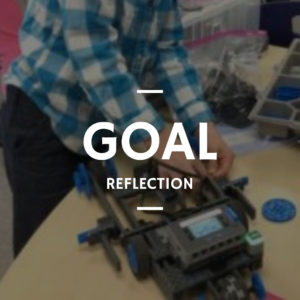 |
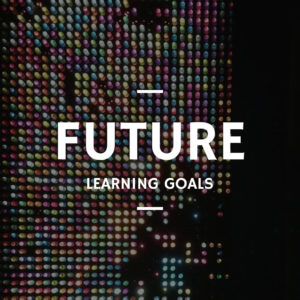 |
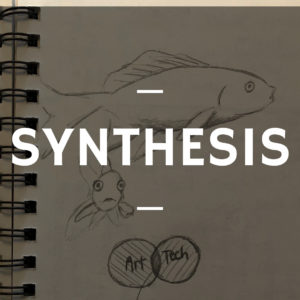 |
Images
“Divergent Thinking” by cea+ is licensed under CC BY-NC 2.0.
All other images on this page were created by Sarah Van Loo.
|
|
References
Connor, A. M., Karmokar, S., & Whittington, C. (2015). From STEM to STEAM: Strategies for enhancing engineering & technology education. International Journal of Engineering Pedagogy (iJEP), 5(2), 37-47. doi:10.3991/ijep.v5i2.4458
Jolly, A. (2016, April 29). STEM vs. STEAM: Do the Arts Belong? Retrieved from http://www.edweek.org/tm/articles/2014/11/18/ctq-jolly-stem-vs-steam.html
Maeda, J. (2012, October 02). STEM to STEAM: Art in K-12 Is Key to Building a Strong Economy. Retrieved from https://www.edutopia.org/blog/stem-to-steam-strengthens-economy-john-maeda
